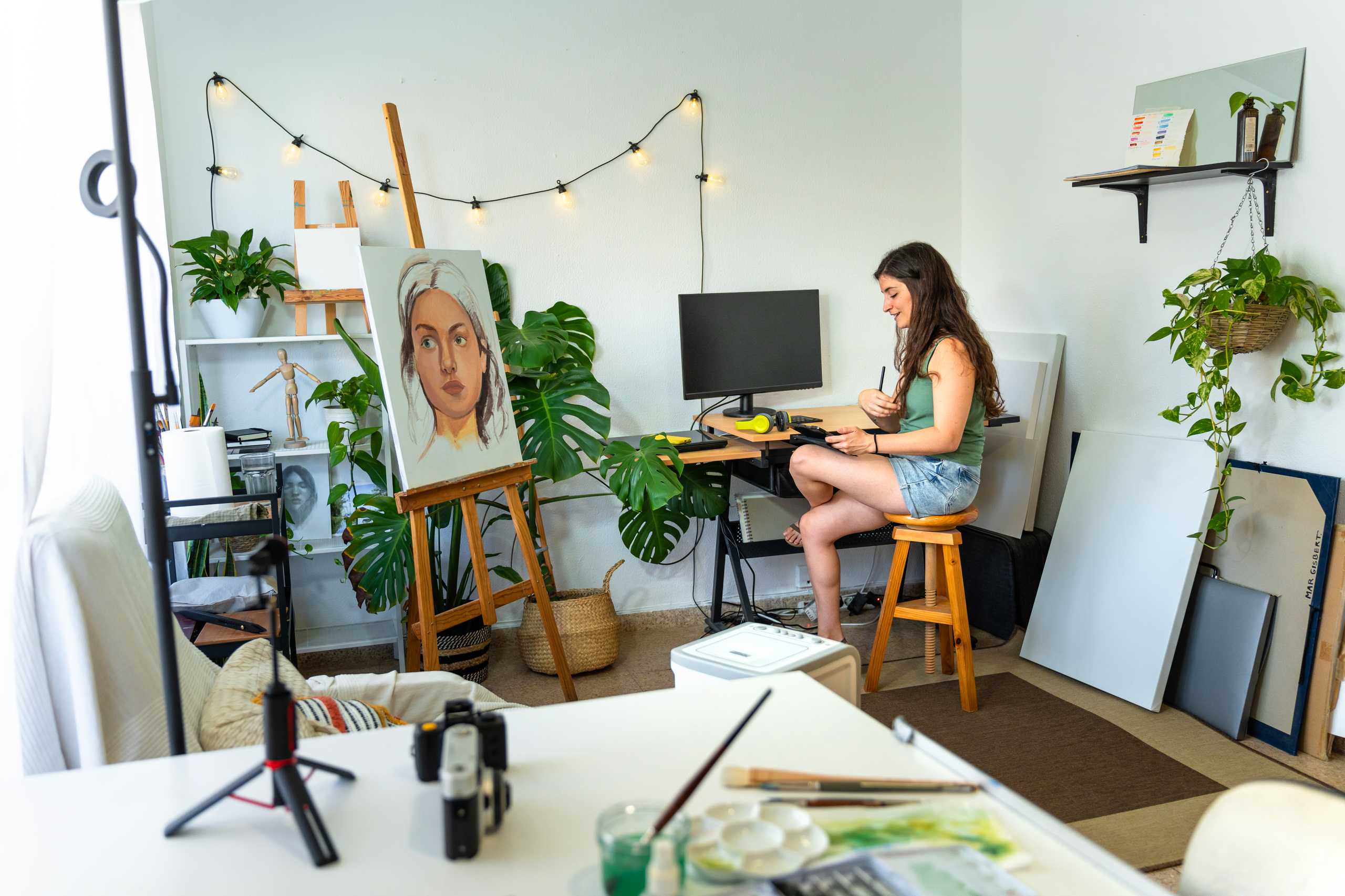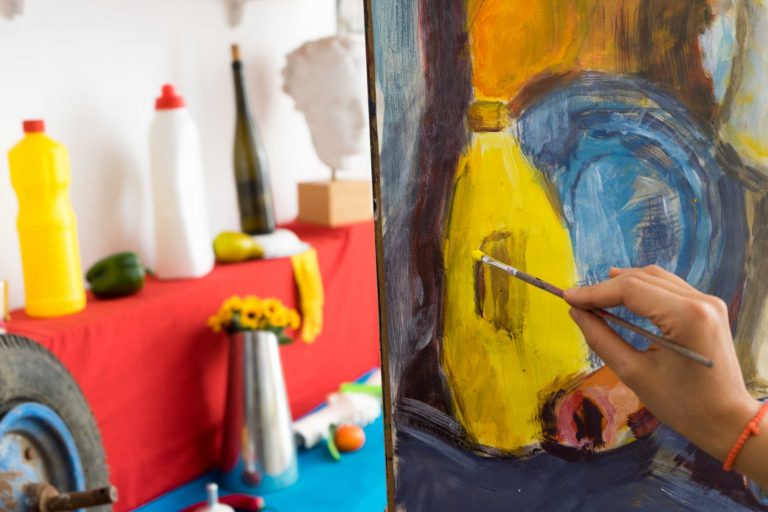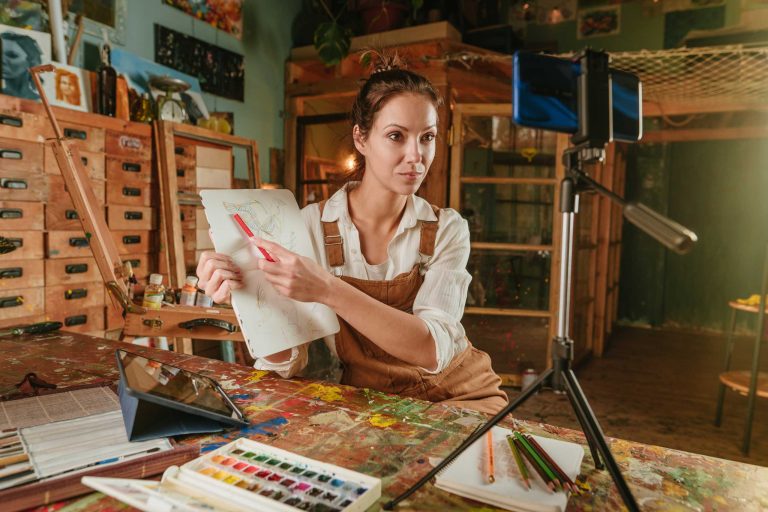
Brushwork is one of the most expressive aspects of oil painting. The way you handle a brush can transform simple shapes into dynamic, emotive forms and bring energy to your artwork. Understanding different brush techniques allows artists to convey texture, movement, and mood with every stroke.
The Foundation of Brushwork
Before diving into advanced techniques, it’s important to understand the basics:
- Choose the Right Brush: Soft brushes for smooth blending, stiff brushes for texture, and specialty brushes for fine details.
- Understand Paint Consistency: Thicker paint produces bold textures, while thinner paint allows smoother, flowing strokes.
- Experiment with Angles: Changing the angle and pressure of your brush affects stroke width and texture.
Key Brush Techniques
- Impasto Technique
- Apply paint thickly to create dimensional texture.
- Ideal for highlighting focal points and adding tactile interest.
- Scumbling
- Light, semi-transparent strokes over a dried layer.
- Creates a soft, atmospheric effect, perfect for skies, mist, or subtle transitions.
- Dry Brush
- Use minimal paint on a dry brush for a scratchy, textured look.
- Useful for fine details, foliage, or rough surfaces.
- Feathering and Blending
- Smooth transitions between colors using light, delicate strokes.
- Essential for skin tones, skies, and smooth surfaces.
Why Brushwork Transforms Your Art
Brushwork is not just about technique; it is a form of visual language:
- Express Emotion: Each stroke carries intention, energy, and mood.
- Add Dimension: Varied strokes create depth and interest, guiding the viewer’s eye.
- Develop Style: Consistent use of certain strokes contributes to a unique artistic voice.
Practical Tips for Students
- Practice different brush strokes on scrap canvas to build muscle memory.
- Alternate between fine and broad strokes for contrast and rhythm.
- Keep brushes clean and in good condition to maintain stroke consistency.
- Observe nature and masterworks to understand how textures and movement are captured.
Mastering brushwork allows oil painters to combine technique with creativity, transforming ideas into expressive, engaging artworks. By exploring different strokes and textures, artists can make every painting not just a visual image, but a story told through paint.



